Paris 1839 – 1920
French Painter
'The Greek Temples of Paestrum'
Signature: Signed lower left
Medium: Aquarelle
Dimensions: Image size 29 x 49 cm, frame size 41 x 61cm
Provenance: Paestum, designated as a UNESCO World Heritage Site, stands as the best-preserved Greek archaeological site in Italy. Situated just south of Salerno, near the picturesque Amalfi Coast, and in proximity to Pompeii, Paestum remains somewhat undiscovered by many travelers.
In its prime, Poseidonia thrived, evident in the remnants of city walls, colossal temples, and the overall urban layout. As Magna Grecia expanded and established trade routes, conflicts arose between the Greek colonists and the indigenous Samnite and Lucani tribes. Archaeological findings, however, suggest a period of peaceful coexistence between the Greeks and the Lucanians.
This harmony was disrupted in 273 BC with the arrival of the Romans. The Romans, while altering the city's name to Paestum, did not obliterate it. Remarkably, their admiration for the splendidly constructed temples played a role in shaping classical architecture on the Italian peninsula, influencing subsequent Roman development and style. The Romans made additions to Paestum, including a forum, an amphitheater, a temple of their own, and residential structures, some of which still stand today.
In 79 BC, the eruption of Vesuvius dealt a partial blow to Paestum, altering its landscape. Despite this setback, the city's survival attests to its resilience and enduring cultural significance. Today, visitors can explore the fascinating remnants of Paestum, a testament to the confluence of Greek and Roman influences, and the architectural prowess that has withstood the test of time.
Born on December 13, 1839, in the artistic heart of Paris, Paul-Albert Girard emerged as a luminary in the world of 19th-century French painting. The son of the esteemed painter Pierre Girard, he inherited not just a name but also a passion for the arts that would define his illustrious career.
Biography: Born on December 13, 1839, in the artistic heart of Paris, Paul-Albert Girard emerged as a luminary in the world of 19th-century French painting. The son of the esteemed painter Pierre Girard, he inherited not just a name but also a passion for the arts that would define his illustrious career.
Paul Albert was a versatile artist, displaying his mastery across various genres – from capturing the essence of everyday life in genre scenes to breathing life into captivating portraits and landscapes. His prowess extended to watercolors, mural compositions, and the rich tapestry of Orientalist paintings depicting scenes from North Africa.
In 1857, Paul-Albert embarked on his formal artistic education at the prestigious École des Beaux-Arts in Paris. Under the guidance of eminent mentors such as Jean Joseph Bellel, François Edouard Picot, and Hippolyte Flandrin, he honed his craft and laid the foundation for a career that would leave an indelible mark on the art world.
From 1859 to 1913, his works found a home at the Salon Paris, a testament to his enduring presence and influence. Additionally, he exhibited at the Salon Dijon from 1887 to 1910 and at the Salon des Peintres Orientalistes, showcasing the breadth of his artistic vision.
In 1861, Paul-Albert Girard received the prestigious Prix de Rome in the category of 'paysage historique' (Historic landscapes), a recognition of his exceptional talent. One of his notable winning works was the compelling "The Procession of Silenus."
The year 1895 marked another pinnacle in his career when Girard was bestowed with the honor of becoming a Chevalier de la Légion d'Honneur, a fitting tribute to a lifetime dedicated to artistic excellence.
Girard's oeuvre extends beyond the borders of France, with his captivating oil painting, "Ritual Slaying of Cockerels," finding a home in the esteemed collection of the Birmingham Museum and Art Gallery.
For two decades, he turned his artistic gaze to portraiture and landscapes, capturing the beauty of Normandy, the banks of the Loire, and the picturesque Italian countryside. However, it was his large-scale Orientalist paintings that truly distinguished him, offering glimpses into the daily life of Kabylia and various regions of Algeria.
On February 24, 1920, France bid farewell to a creative genius, leaving behind a legacy that continues to captivate and inspire. Paul-Albert Girard's name resonates not only for his technical brilliance but for his ability to transport audiences to the vibrant landscapes and cultural tapestries he so masterfully depicted.




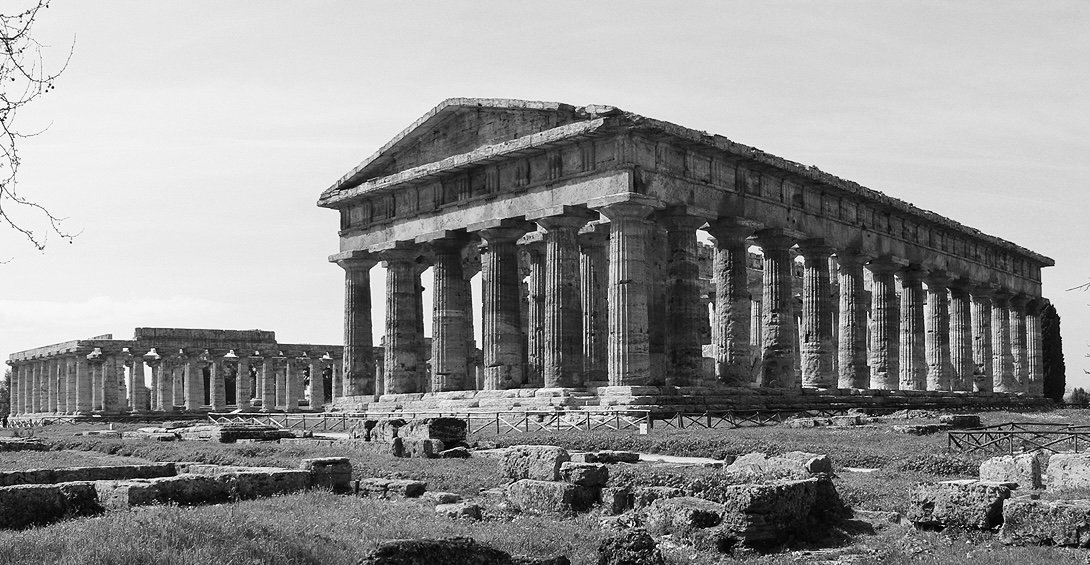
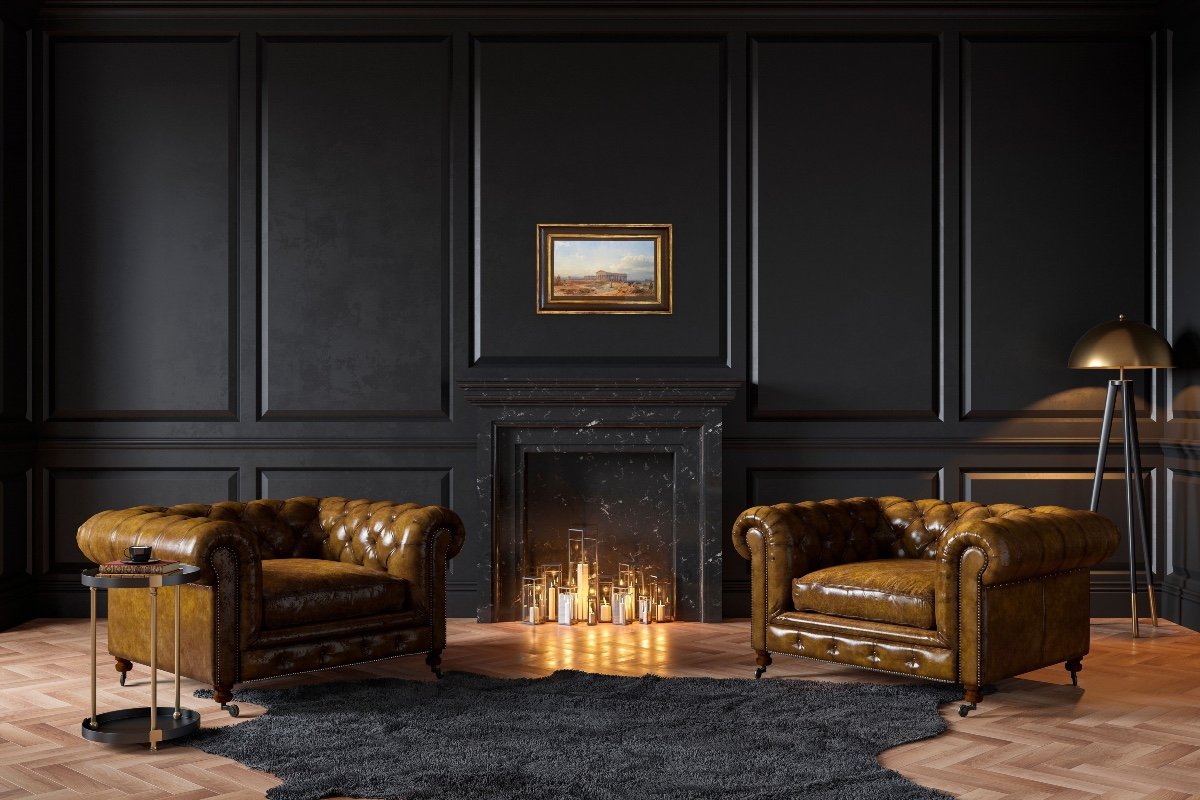







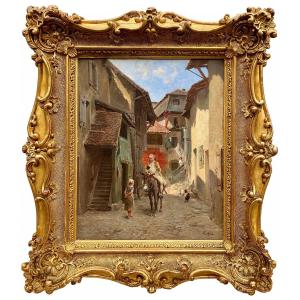

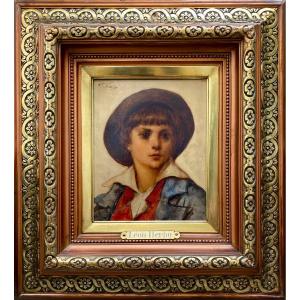

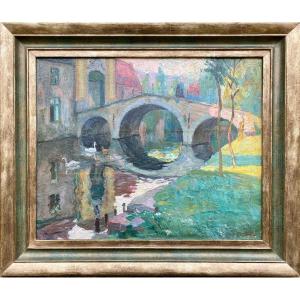


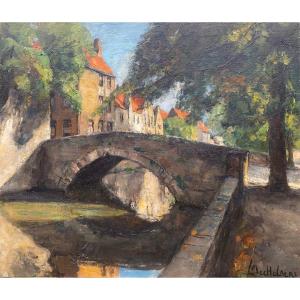
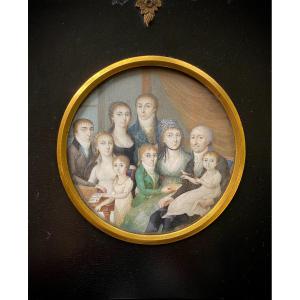
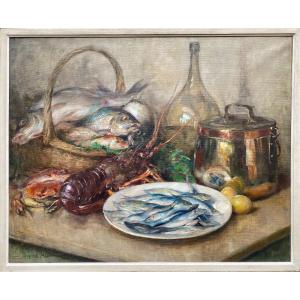


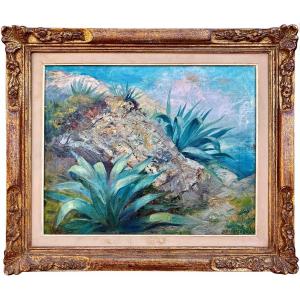


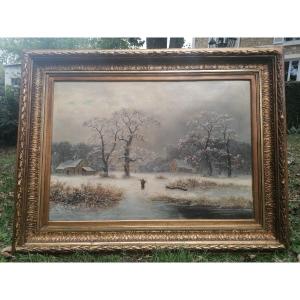



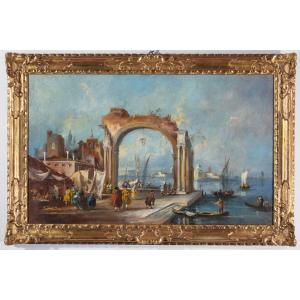



 Le Magazine de PROANTIC
Le Magazine de PROANTIC TRÉSORS Magazine
TRÉSORS Magazine Rivista Artiquariato
Rivista Artiquariato